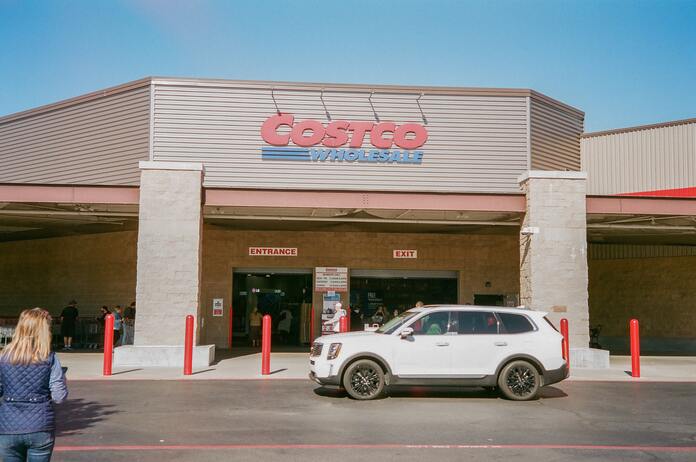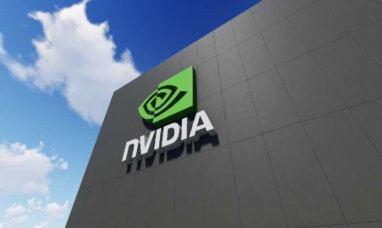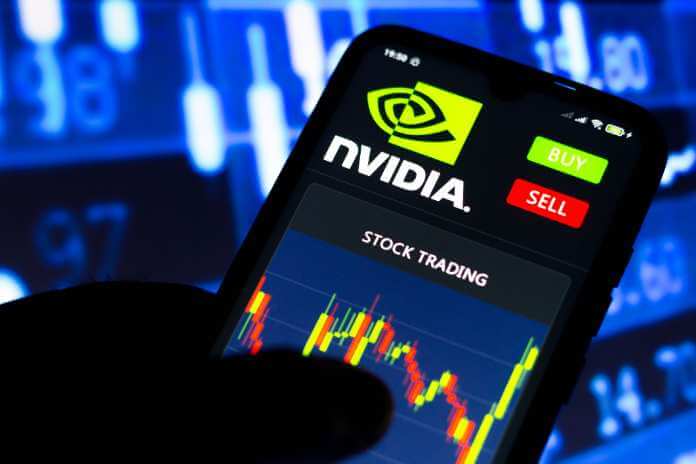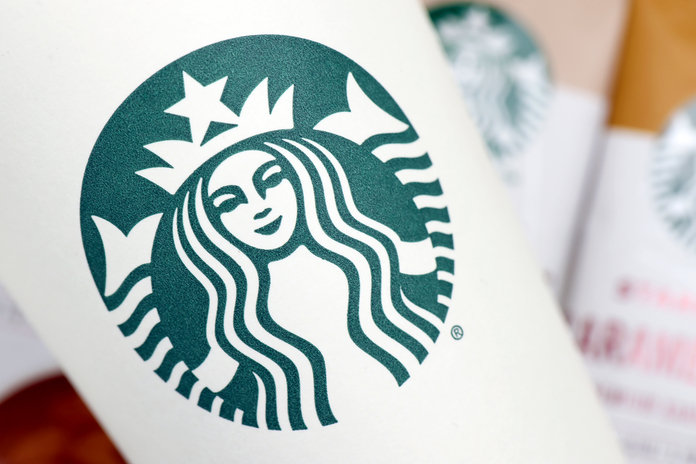Costco Stock (NASDAQ:COST)
Despite top-line failures in the FQ2’23 and FQ3’23 earnings calls, Costco Wholesale Corp. (NASDAQ:COST) has traded flat YTD, illustrating the significant support the company has enjoyed at present levels.
Furthermore, despite the hyper-pandemic rise/fall and peak recessionary fears, Costco stock continues to trade at an EV/NTM Revenue of 0.90x and an NTM P/E of 34.02x, close to its 5Y mean of 0.81x and 33.89x, respectively, indicating its stable valuations and outstanding value storage.
The retailer’s capacity to command the pure profit margin in the membership fees at $1.04B in FQ3’23 (+1.6% QoQ/ +6% YoY), otherwise annualized at $4.16B (-1.4% from FY2022 levels), accounts for a large portion of the P/E premium.
Because of this rhythm, COST was able to sustainably increase its operating margin to 3.44% (inline QoQ/ +0.4 YoY) in the most recent quarter, despite the impact of rising inflationary pressure on its operating expenses, which increased to $4.79B (-3% QoQ/ +7.6% YoY).
This comes on top of the retailer’s tougher YoY comparison in total comparable sales growth of 3.5% at the same time (-3.3 points QoQ/ -7.3 YoY), as average daily transactions decline despite stable shopping frequencies, with the majority attributed to “weakness in bigger ticket non-foods discretionary items.”
COST’s balance sheet, on the other hand, remains healthy, with cash/short-term investments of $13.7B (inline QoQ/ +16.1% YoY) by FQ3’23, and long-term obligations being constant at $6.49B (inline QoQ/ YoY). Most crucially, its inventories have begun to moderate to $16.32 billion (+1.4% QoQ/ -7.3% YoY), a -12.1% decrease from the peak of $18.57 billion in FQ1’23.
As a result, we believe the retailer’s prospects remain well-balanced in the short term, with management continuing to aggressively expand its network to 853 warehouses in the most recent quarter (+0.5% QoQ/ +2.7% YoY), and its deferred membership fees increasing to $2.43B (+0.8% QoQ/ +8% YoY).
This cadence indicates growing demand for COST’s competitively priced items, as indicated by the previous quarter’s constricted merchandise gross margins of 10.3% (-0.4 points QoQ/ +0.2 YoY). This strategy is obviously distinct from that of its competitors, such as Target Corporation (TGT) at 27.4% (+3.7 points QoQ/ +0.7 YoY) and Walmart (WMT) at 24.3% (+0.8 points QoQ/ -0.2 YoY).
However, we are pleased by the retailer’s growing annual subscriptions, which are likely to improve brand loyalty and foot traffic in the future. Because many of its members are resalers and small business owners, the increased transaction volume may offset the reduced margins.
COST’s renewal rate in the US and Canada region is already at an all-time high of 92.6% (inline QoQ/ +0.3 YoY) by FQ3’23, with global renewal remaining good at 90.5% (inline QoQ/ +0.5 YoY).
We must also emphasize a -$298M impact on the retailer’s COGS/ gross margins in the most recent quarter, which can be attributable to management’s sensible choice to write down its charter shipping activities as freight prices reset from hyper-pandemic highs to near pre-pandemic levels.
The same thing happened in FQ1’23, with a loss of $93 million. We are not unduly concerned, however, because they are merely one-time charges on the retailer’s gross margins, which may improve the retailer’s future pricing competitiveness when COGS (including freight costs) drop.
Mr. Market has assigned COST a premium P/E value relative to its peers, TGT at NTM P/E of 15.10x and WMT at NTM P/E of 23.47x, as a result of its dual-pronged membership and margin strategy.
With rising inflationary pressures already decreasing to 4.9% by April 2023, as indicated by COST management at between 3% and 4% in the most recent quarter, I believe the worst is past, and its execution will likely improve from then on.
As a result, I expect the retailer’s item gross margins to remain stable, if not recover, as COGS moderates, potentially improving its bottom lines while increasing membership fee revenues in the future.
As a result, I maintain a Buy rating for COST, with the caveat that the exercise must match long-term investors’ dollar cost averages. However, the stock has maintained an excellent capital appreciation of +12.04% over the last year (including dividends), compared to the SPY’s +4.26%, or +177.79%/ +67.51% over the last five years. This is an excellent accomplishment in my opinion.
As a result, Costco stock appears to be appealing enough at current levels to warrant a regression to its March/May 2023 support levels of $480s or January 2023 levels of $450. With COST, it appears that a discount may never arrive.
Featured Image: Unsplash @ Grant Beirute

















